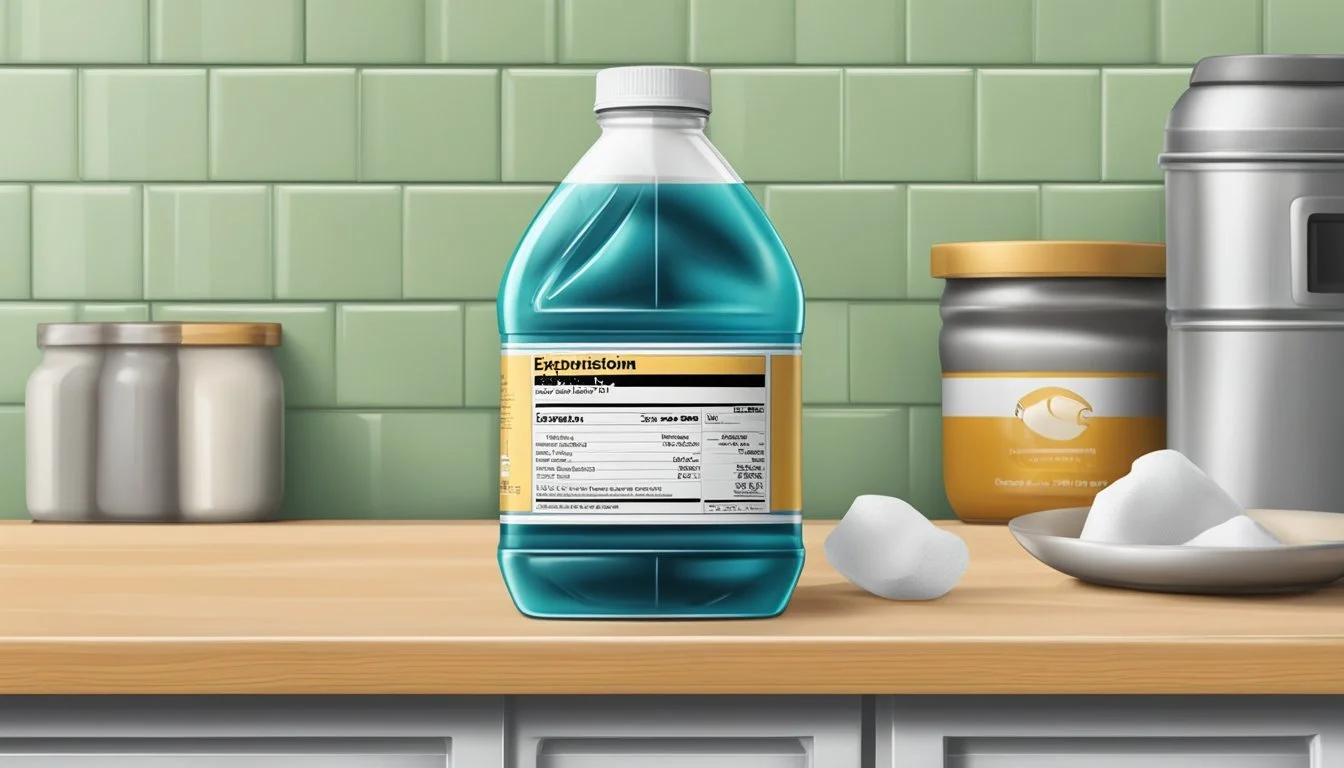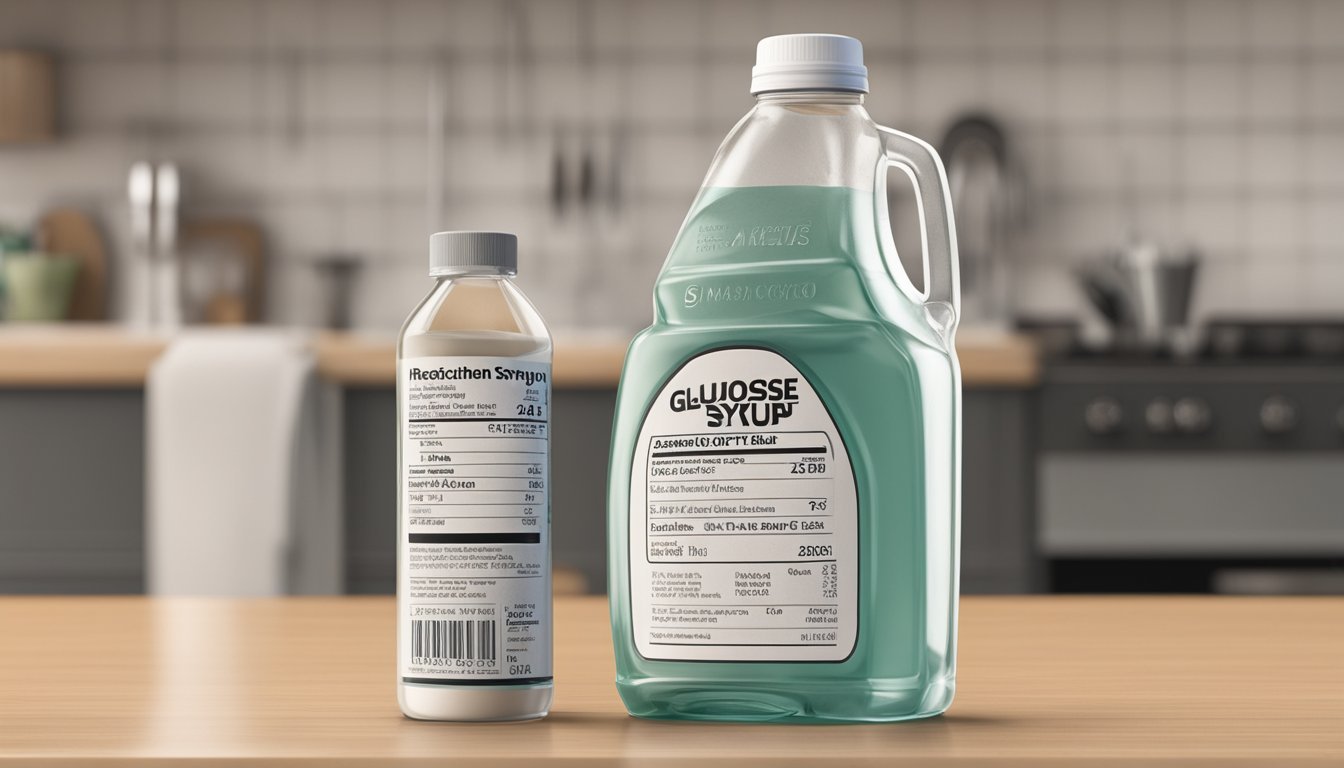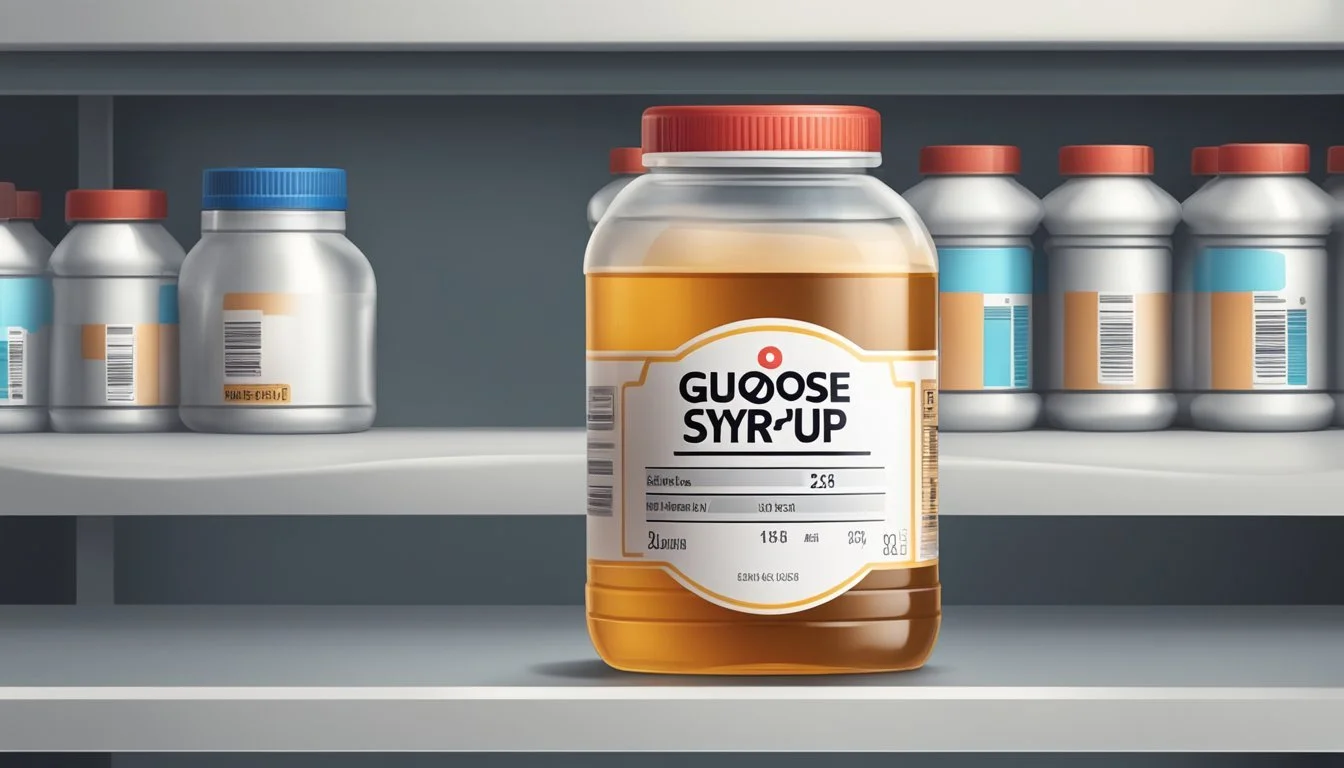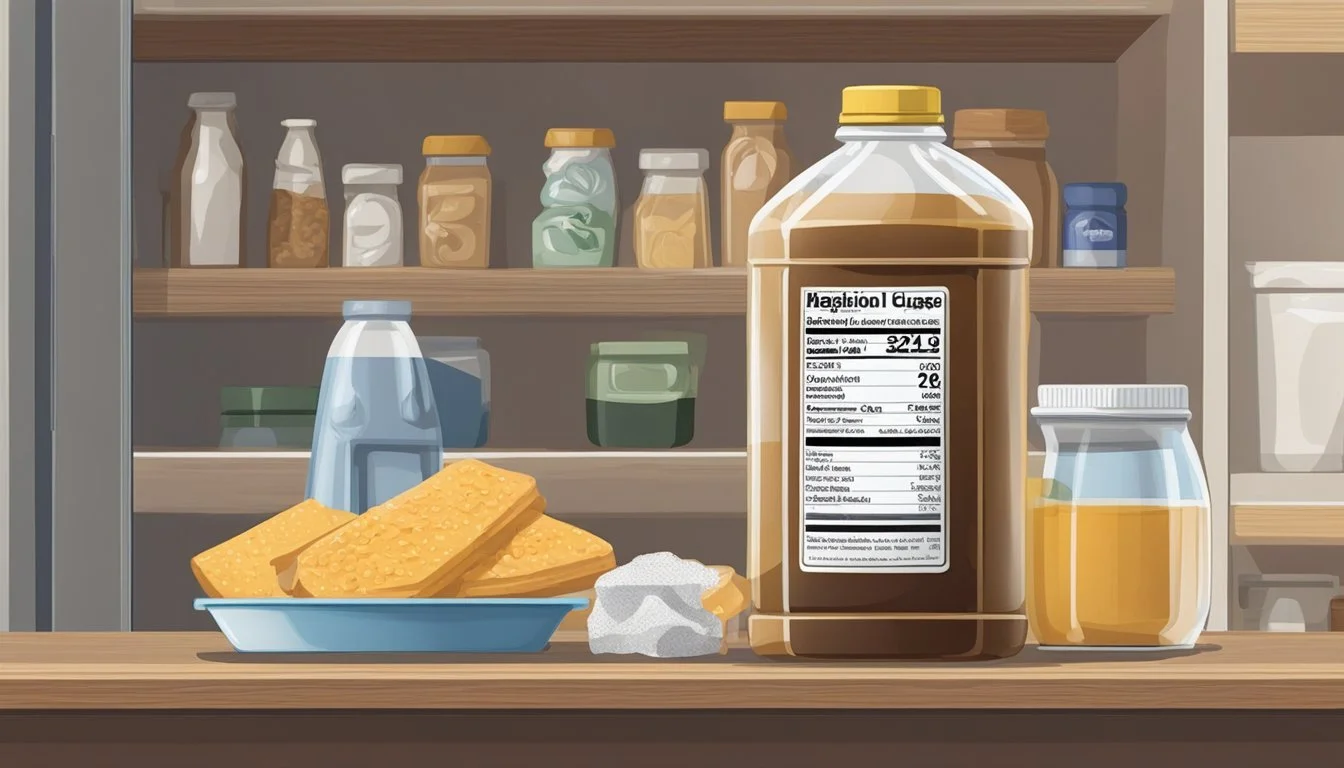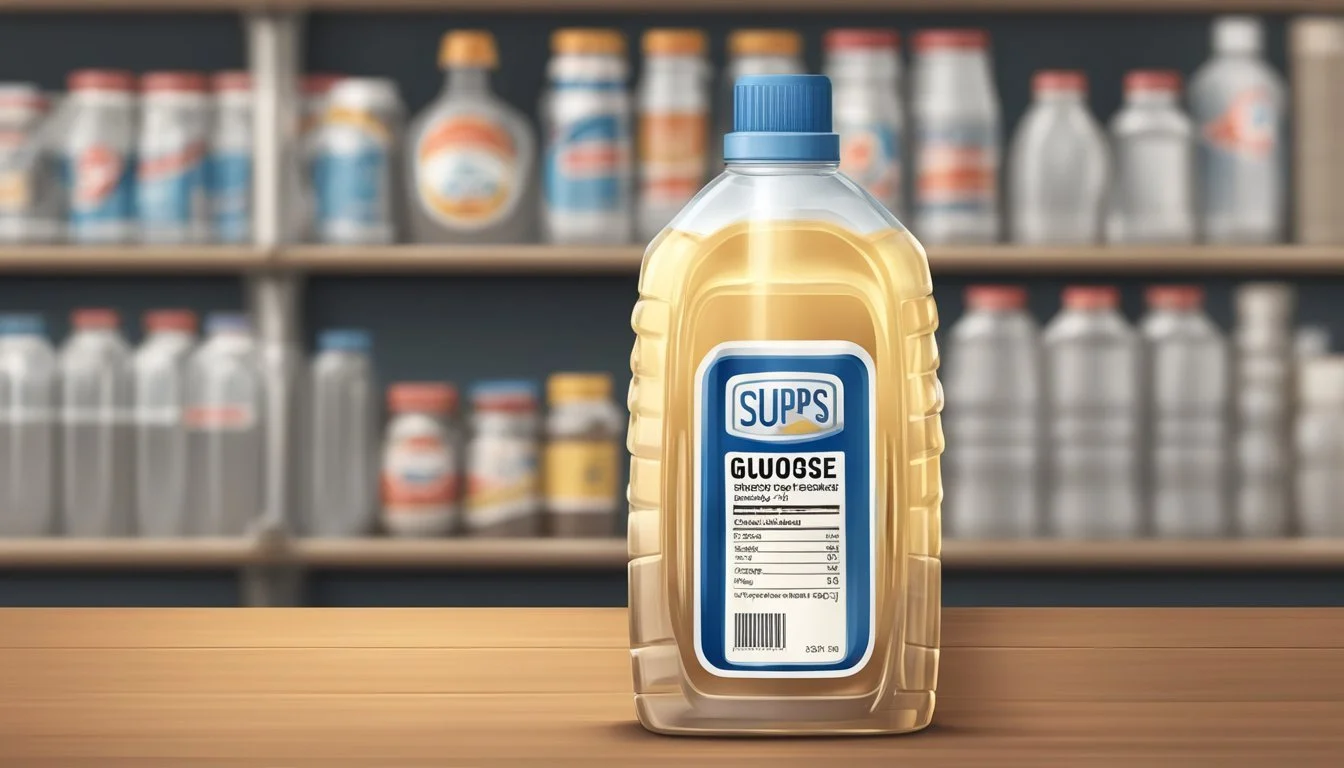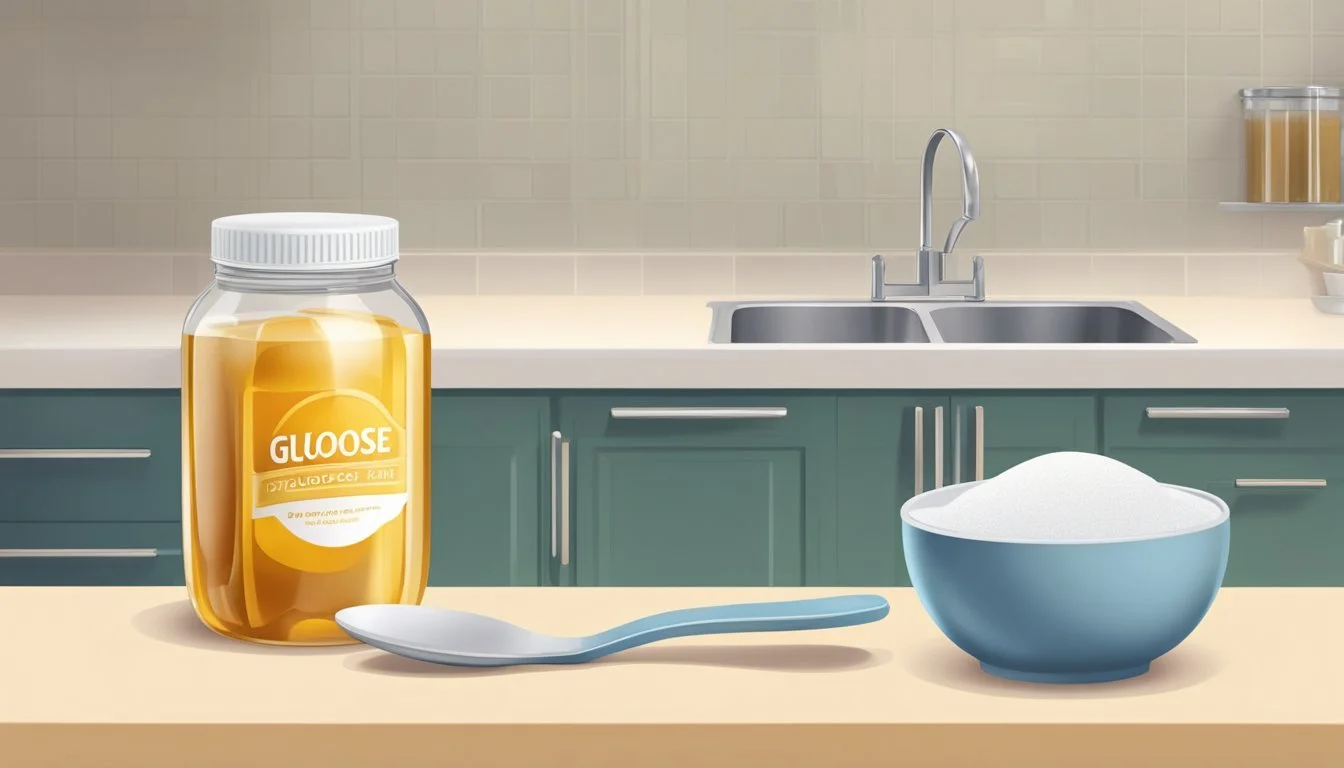Does Glucose Syrup Go Bad?
Essential Shelf Life Facts
Does glucose syrup go bad? If you're wondering about the shelf life and spoilage of glucose syrup, you're not alone. Glucose syrup can indeed go bad, with an average expiration date of about two years. This period can vary based on storage conditions and the specific product, but understanding its shelf life is crucial for both home cooks and food manufacturers.
Glucose syrup, commonly used as a sweetener and thickening agent, is found in many food products ranging from candies and desserts to sauces and beverages. While its versatility and long shelf life make it a staple in many kitchens, it’s essential to monitor its expiration date to ensure safety and quality. Proper storage in a cool, dry place can help extend its usability, but eventually, even this sugary concoction can spoil.
Signs of spoilage in glucose syrup include changes in texture, color, or smell. If your glucose syrup becomes cloudy, develops an off odor, or shows signs of mold, it’s time to discard it. Keeping an eye on these indicators can help you avoid using a spoiled product in your recipes, ensuring that your culinary creations remain safe and delicious.
Understanding Glucose Syrup
Glucose syrup is a versatile liquid sweetener derived from starch, primarily used in confectionery, baking, and beverages. This section discusses its composition, types, comparisons with other sweeteners, and its various applications in food and beverages.
Composition and Types
Glucose syrup is made by hydrolyzing starch, typically sourced from corn, wheat, potatoes, or rice. The process breaks down the starch into glucose molecules, resulting in a thick, viscous liquid.
Types of Glucose Syrup:
High Glucose Syrup: Contains a high concentration of glucose and is less sweet than sugar.
Low Glucose Syrup: Has a lower glucose content and is used for its thickening properties.
The primary carbohydrate in glucose syrup is dextrose. This syrup can also contain maltose, dextrin, and other oligosaccharides.
Comparing Glucose Syrup with Other Sweeteners
Glucose syrup differs from other sweeteners in its composition and properties. Unlike table sugar (sucrose), which is a disaccharide, glucose syrup is composed of monosaccharides and oligosaccharides.
Comparison with Common Sweeteners:
Corn Syrup: Glucose syrup can be made from corn starch and has a similar consistency. Corn syrup, however, can contain varying levels of fructose.
Honey: Honey is a natural sweetener composed mainly of fructose and glucose, offering a different flavor and nutritional profile.
Maple Syrup: Made from the sap of maple trees, it contains sucrose and provides a distinct taste.
Molasses: A by-product of sugar refining, rich in minerals, and with a strong flavor.
Each sweetener has unique characteristics impacting flavor, sweetness, and use in different recipes.
Usage in Food and Beverages
Glucose syrup is widely used in the food industry for its unique properties. It prevents sugar crystallization, making it ideal for candies, toffees, and fondants.
Applications:
Confectionery: Used in gummies, marshmallows, and hard candies to enhance texture and prevent crystallization.
Baked Goods: Adds moisture and extends shelf life in products like cakes and cookies.
Beverages: Acts as a sweetener in soft drinks and some alcoholic beverages, like beer.
Glucose syrup's role in food production is invaluable due to its versatility and functional properties, making it a popular ingredient in many products.
Nutritional Profile
Glucose syrup primarily provides energy through its high carbohydrate content, while offering minimal amounts of other nutrients. This section breaks down its caloric intake and micronutrient profile.
Caloric Content and Carbohydrates
Glucose syrup is composed mainly of carbohydrates, specifically glucose. It is utilized as a sweetener and a quick source of energy in various food products.
One tablespoon (approximately 20 grams) provides around 62 calories.
Carbohydrate Breakdown:
Nearly 100% of the calories in glucose syrup come from carbohydrates.
The primary carbohydrate is glucose, rather than complex carbs or fibers.
Due to its high carbohydrate density, glucose syrup can contribute significantly to daily caloric intake if consumed in large quantities. It offers immediate energy but lacks the fiber needed to moderate blood sugar levels.
Vitamins, Minerals, and Nutritional Value
In terms of vitamins and minerals, glucose syrup provides negligible amounts. It is almost devoid of essential nutrients like vitamins and minerals.
Nutritional Content:
Vitamins: Minimal to none
Minerals: Traces of minerals, but generally not significant
Iron: Not a notable source
Fiber: Contains negligible fiber
Glucose syrup is thus not a beneficial source of micronutrients. Its primary function is as a sweetener and energy source, without adding nutritional depth to the diet. Hence, relying on it for nutritional value is not recommended.
Shelf Life and Spoilage
Glucose syrup has a notably long shelf life, making it a staple in both home kitchens and commercial food production. Understanding its longevity and indicators of spoilage is essential for optimal use.
Factors Influencing Shelf Life
Temperature: Storing glucose syrup in a cool environment is crucial. High temperatures can accelerate spoilage by encouraging microbial growth.
Exposure to Light: Direct sunlight can degrade syrup quality. A pantry or cupboard away from light is ideal.
Humidity: Excess moisture can promote mold growth. Ensuring the container is tightly sealed helps maintain the syrup's quality.
Containers: Using airtight containers prevents contamination and extends shelf life.
Shelf Life: Typically, glucose syrup has a shelf life of about 2 years. Beyond this period, the quality may decline, although it remains safe for consumption if properly stored.
Identifying Spoilage in Glucose Syrup
Visual Cues: Look for changes in color, the presence of mold, or unusual cloudiness. Fresh glucose syrup is clear or slightly amber.
Smell: A sour or off smell indicates spoilage. Glucose syrup should have a neutral, sweet aroma.
Consistency: Spoilt syrup may become overly thick, separate, or form crystals.
Taste: A change in flavor is a clear sign it should be discarded. Safe glucose syrup should taste pleasantly sweet.
Proper Storage Recommendations
Pantry Storage: Store in a cool, dry place. Ensure it's away from direct sunlight and sources of heat.
Refrigeration: While not necessary, refrigeration can extend the syrup's shelf life slightly beyond the standard 2 years.
Container Choice: Airtight containers are best. Glass or heavy-duty plastic jars are recommended to maintain freshness.
Handling: Always use clean utensils to avoid introducing contaminants. Close the container immediately after use to prevent exposure to air and moisture.
By following these guidelines, the longevity and quality of glucose syrup can be maximized effectively.
Health Considerations
Glucose syrup has significant implications for health, particularly for those concerned with blood sugar levels, potential weight gain, and appropriate dietary choices. Understanding these factors is crucial for making informed decisions about its consumption.
Blood Sugar and Diabetes
Glucose syrup is quickly absorbed into the bloodstream, leading to rapid spikes in blood sugar levels. This can be problematic for individuals with diabetes or those at risk of developing diabetes. The surge in blood sugar necessitates increased insulin production to manage glucose levels, which can strain the body over time.
For those with type 2 diabetes, consuming glucose syrup can exacerbate their condition. This swift rise in blood sugar can make it more challenging to maintain stable glucose levels. Given its high glycemic index, glucose syrup should be consumed cautiously, particularly by people who are sensitive to blood sugar fluctuations.
Potential for Weight Gain and Obesity
Regular consumption of glucose syrup is linked to weight gain and obesity. Since it is calorie-dense, excessive intake can significantly contribute to increased overall calorie consumption. Unlike foods that provide a feeling of satiety, glucose syrup is often found in processed foods that do not satiate hunger efficiently.
Foods high in glucose syrup can disrupt normal dietary patterns by prompting overconsumption. This can lead to an energy imbalance where calorie intake exceeds expenditure, culminating in weight gain. Obesity, in turn, is associated with various chronic health issues, including type 2 diabetes, hypertension, and cardiovascular diseases.
Dietary Recommendations
Given the health implications, it is advisable to limit the intake of glucose syrup, especially for those monitoring their blood sugar or managing weight. Opting for natural sweeteners and whole foods over processed items can help mitigate these risks. Labels on food products should be checked for glucose syrup content, particularly in snacks, desserts, and energy drinks.
For individuals needing quick energy, other options such as fruits that provide vitamins and fiber along with natural sugars are preferable. Balancing overall diet with nutrient-dense foods will promote better health outcomes compared to the frequent consumption of products high in glucose syrup.
Maintaining awareness of glucose syrup's presence in foods and its health effects can guide better dietary choices, supporting overall well-being.
Culinary Uses of Glucose Syrup
Glucose syrup plays a significant role in enhancing both the flavor and texture of various culinary creations. It is widely used in baking and confectionery, and there are several substitutes and alternatives available for those who may need to make a switch.
Enhancing Flavor and Texture
Glucose syrup is frequently used to improve the flavor and texture of foods. Its ability to prevent crystallization makes it an excellent choice for recipes requiring a smooth and consistent texture.
In candies, it helps maintain a silky and chewy consistency. Glucose syrup also retains moisture, ensuring that baked goods remain soft and fresh for longer periods. Its mild sweetness enhances overall flavor without overwhelming it.
Applications in Baking and Confectionery
In baking, glucose syrup is a valuable ingredient for creating moist cakes, cookies, and other baked goods. Its moisture-retentive properties help keep pastries from drying out.
Similarly, it is indispensable in candy making, where it prevents crystallization in fondants and caramels. Additionally, glucose syrup is often used in fudge, jellies, and gummy candies to provide a desirable chewy texture.
Substitutes and Alternatives
There are several substitutes for glucose syrup depending on the recipe and dietary requirements. Corn syrup, the most common alternative, shares similar properties and can often be used interchangeably.
For those seeking low-calorie or low-sugar options, stevia and xylitol may serve as suitable substitutes, though they may alter the texture and overall consistency of the final product.
In beverages like sodas, juices, and sports drinks, glucose syrup can be replaced with these alternatives for a healthier twist while still achieving the desired sweetness and texture.
Manufacturing and Processing
Glucose syrup production involves the breakdown of starches using hydrolysis, often facilitated by enzymes. The choice of starch source and hydrolysis method significantly impact the characteristics and applications of the final product.
Production from Starch
Glucose syrup begins with the selection of a starch source. Common sources include corn, wheat, potatoes, and sometimes rice.
The process starts with the extraction of starch from these raw materials. Cornstarch is especially popular in the United States. After extraction, the starch undergoes a process of gelatinization where it is heated with water to break down the intermolecular bonds of the starch molecules.
Gelatinization is followed by liquefaction, a stage where further processing turns the starch into a more fluid state. This step is crucial for subsequent enzymatic hydrolysis.
Role of Enzymes in Hydrolysis
Enzymes are central to the hydrolysis process that converts starch into glucose syrup. Amylase is one of the primary enzymes used. It breaks down starch into smaller carbohydrate molecules such as maltose and dextrins.
In a controlled environment, specific enzymes target the starch molecules, initiating a breakdown process that converts complex carbohydrates into simpler sugars.
Typically, alpha-amylase and glucoamylase are employed. Alpha-amylase acts first, breaking large starch molecules into smaller chains, while glucoamylase further breaks these chains down to produce glucose.
The process must be meticulously monitored to ensure the desired consistency and sweetness of the glucose syrup. Proper hydrolysis is critical for the use of glucose syrup in processed foods and other applications.
Meticulous enzyme control and processing conditions ensure a high-quality syrup suitable for a range of industries, from food and beverage to pharmaceuticals.
Industrial and Commercial Applications
Glucose syrup is a versatile ingredient with wide-ranging applications across various industries due to its functional properties. It is not only essential in food production but also plays a significant role in non-food sectors.
Use in Beer and Alcohol Production
In the production of beer and other alcoholic beverages, glucose syrup acts as a fermentable sugar. It feeds yeast during the fermentation process, which results in the production of alcohol and carbon dioxide.
Brewers favor glucose syrup for its consistent quality and ability to enhance mouthfeel and sweetness in the final product. It can be used to adjust the alcohol content without adding unwanted flavors.
Glucose syrup is also valuable in creating low-alcohol or non-alcoholic beers by providing sweetness and body that mimic traditional beers. Its predictable behavior during fermentation makes it a staple ingredient in the brewing industry.
Role in Non-Food Industries
Apart from food and beverages, glucose syrup serves crucial roles in various non-food industries. In pharmaceuticals, it acts as a stabilizer and sweetening agent in syrups and lozenges.
In the cosmetic industry, glucose syrup is used in lotions and creams for its moisturizing properties. Its viscosity helps improve the texture and shelf life of these products. Similarly, in the manufacturing of adhesives and glues, glucose syrup provides the necessary stickiness and pliability.
Its application extends to the textile industry, where it is used in fabric finishing processes to give textiles a smoother feel and more attractive appearance. These diverse uses make glucose syrup an invaluable substance beyond just culinary contexts.

